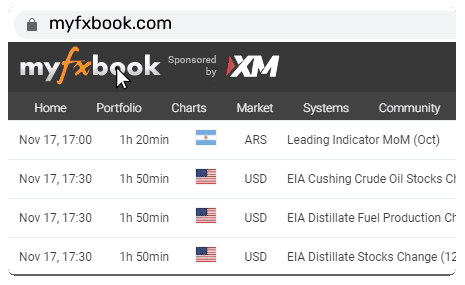Pound Slides On Weak U.K. GDP Data

(RTTNews) - The British pound weakened against other major currencies in the early European session on Wednesday, after the U.K. economy contracted in June on weaker out-turns in the services and industrial sectors, suggesting that the region is heading for a mild recession in the second half of the year.
Data from the Office for National Statistics showed that the real gross domestic product fell 0.5 percent in July, offsetting June's 0.5 percent increase. The latest figure was also worse than economists' forecast of 0.2 percent decline.
Moreover, in contrast to the 1.8 percent rise in June, industrial production declined 0.7 percent on a monthly basis in July due to a decrease in manufacturing, electricity and gas and water supply and sewerage output.
Manufacturing posted a monthly fall of 0.8 percent, reversing June's 2.4 percent increase.
On a yearly basis, GDP registered no growth following a 0.9 percent rise in June, data showed. Economists had forecast an annual growth of 0.4 percent.
In the three months to July, GDP grew 0.2 percent with growth in all three sectors. This was a tad below the expected 0.3 percent expansion.
Separate data from the ONS showed that the U.K. visible trade deficit declined to GBP 14.06 billion in July from GBP 15.46 billion in June. The expected level was GBP 15.9 billion.
Also, the investors remained cautious ahead of the release of a key U.S. inflation data later in the day that might show that price pressures accelerated in August from the prior month due to rising fuel prices and strong consumer spending.
Economists currently expect the annual rate of consumer price growth to accelerate to 3.6 percent in August from 3.2 percent in July, while the annual rate of core consumer price growth is expected to slow to 4.4 percent from 4.7 percent.
In the Asian session today, the pound showed mixed trading against its major counterparts. While the pound held steady against the euro, the U.S. dollar and the Swiss franc, it rose against the yen.
In the European trading now, the pound fell to a 3-month low of 1.2441 against the U.S. dollar, from an early high of 1.2502. The pound may test support near the 1.23 region.
Against the euro and the Swiss franc, the pound dropped to a 1-month low of 0.8630 and a 2-week low of 1.1098 from early highs of 0.8602 and 1.1142, respectively. If the pound extends its downtrend, it is likely to find support around 0.87 against the euro and 1.09 against the franc.
Moving away from an early 2-day high of 184.25 against the yen, the pound edged down to 183.20. On the downside, 175.00 is seen as the next support level for the pound.
Looking ahead, U.S. MBA mortgage approvals data for September, U.S. inflation data for August, U.S. EIA crude oil data and U.S. Federal Government budget balance report for August are slated for release in the European session.


















